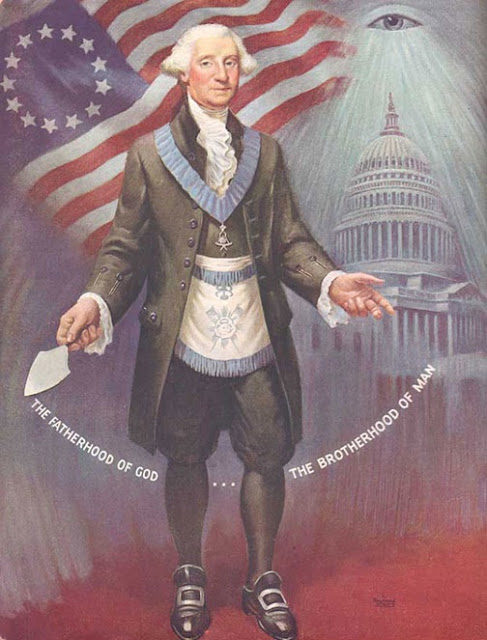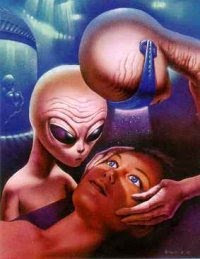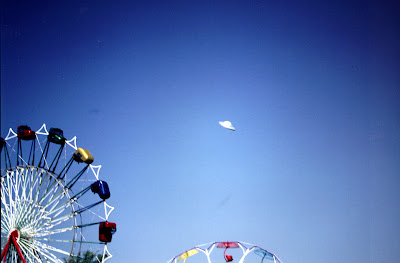
"Vuel Villa" (1936) by Xul Solar
With a vast culture, his interests took him to the study of Astrology, Kabbalah, I Ching, Philosophy, religions and beliefs of the Ancient East, of India, and the Pre-Colombian world, besides Theosophy, Anthroposophy, among many other branches of knowledge.

Alejandro Xul Solar (Oscar Agustín Alejandro Schulz Solari, 1887-1963) is one of the most singular representatives of the avant-garde art in Latin America.
(Oscar Agustín Alejandro Schulz Solari, 1887-1963) is one of the most singular representatives of the avant-garde art in Latin America.
In 1912 he went to Europe where he stayed until 1924, living in Italy and in Germany and making frequent trips to London and Paris.
In 1912 he went to Europe where he stayed until 1924, living in Italy and in Germany and making frequent trips to London and Paris.
At his return he participated actively in the aesthetic renovation proposed by the editorial group of the Martín Fierro journal (1924-1927).
Friend of Jorge Luis Borges, he illustrated several of his books and collaborated in various of his editorial enterprises such as the Revista Multicolor de los Sábados y Destiempo .
With a vast culture, his interests took him to the study of Astrology, Kabbalah, I Ching, Philosophy, religions and beliefs of the Ancient East, of India, and the Pre-Colombian world, besides Theosophy, Anthroposophy, among many other branches of knowledge.
He remained busy in many other areas as well. Considering the Spanish language to be ‘several centuries out of date,’ and moreover, ‘a cacophonous language composed of words that were overly long,’ he developed Neo-Criollo (Neo-Creole), whose vocabulary was mostly drawn from Spanish and Portuguese, but which also incorporated elements of French, English, Greek and Sanskrit. He composed texts and even conversed in this invented tongue which, however, was continually changing, with each successive elaboration of it being different than the one before. The most important works in Neo-criollo are the San Signos (Holy Signs), a collection of sixty-four visionary texts based on the hexagrams of the I Ching. These texts were written at the request of Aleister Crowley, after a series of meetings between the two men in Paris in 1924. In a letter he wrote to Xul five years later, Crowley reminded him that ‘you owe me a complete set of visions for the 64 Yi symbols’ and added ‘your record as the best seer I ever tested still stands today.’ Although Xul had completed a first version of the San Signos by 1930, only a few short excerpts from them were ever published.
In the ’40s, Xul devised a second, even more ambitious language-project: Pan-lengua, a proposed universal idiom with numeralogical and astrological underpinnings, utilising an invented script and a duodecimal number-system, whose entire lexicon could be expressed on the board of Panajedrez (Pan-chess), a game meant to be played on a 13x13 board, but which, according to Xul’s friend Jorge Luis Borges, was impossible to learn, owing to frequent and confusing amendments of its rules.
Aside from language reform, Xul conceived architectural projects, proposed changes to musical notation, rebuilt musical instruments after his own idiosyncratic design and conceived the idea of a puppet theater for grown ups, among many other things.
His need to remake and ‘improve’ extended beyond the artistic and intellectual. With ingenuity and a sense of humor, […] he proposed changes in football: Why play with one only ball, and not with three or four, and divide the field into six or twelve parallel sectors, like in rugby, and that each player wear a shirt with different letters so that words and phrases are formed?
The Argentine writer Jorge Luis Borges
 , who was perhaps his closest friend, once described him as "our William Blake." Oscar Agustín Alejandro Schulz Solari, who called himself Xul Solar, was indeed a visionary, painter and poet, but only now, 40 years after his death, is the full scope of his imagination being fully appreciated.
, who was perhaps his closest friend, once described him as "our William Blake." Oscar Agustín Alejandro Schulz Solari, who called himself Xul Solar, was indeed a visionary, painter and poet, but only now, 40 years after his death, is the full scope of his imagination being fully appreciated.
In the ’40s, Xul devised a second, even more ambitious language-project: Pan-lengua, a proposed universal idiom with numeralogical and astrological underpinnings, utilising an invented script and a duodecimal number-system, whose entire lexicon could be expressed on the board of Panajedrez (Pan-chess), a game meant to be played on a 13x13 board, but which, according to Xul’s friend Jorge Luis Borges, was impossible to learn, owing to frequent and confusing amendments of its rules.
Aside from language reform, Xul conceived architectural projects, proposed changes to musical notation, rebuilt musical instruments after his own idiosyncratic design and conceived the idea of a puppet theater for grown ups, among many other things.
His need to remake and ‘improve’ extended beyond the artistic and intellectual. With ingenuity and a sense of humor, […] he proposed changes in football: Why play with one only ball, and not with three or four, and divide the field into six or twelve parallel sectors, like in rugby, and that each player wear a shirt with different letters so that words and phrases are formed?
The Argentine writer Jorge Luis Borges
Critics and art historians often compare Xul Solar to Paul Klee whose work he saw and admired during the dozen years he spent in Europe before returning in 1924 to Argentina. Like Klee, Xul Solar often included letters, numbers and other symbols in his paintings. The color schemes the two artists adopted was often similar too, as was the underlying spirit of their work and their interest in primitive and archaic art.
"There is a lot of kinship in their formal visual language, their refusal to paint in a traditional way and in the almost childlike quality of Xul Solar's work, the way he uses schematic figures like the sun, the moon and snakes," says Dr. Ramírez who is a curator of Latin American art in the Museum of Fine Arts in Houston. "He absorbed German Expressionism and Paul Klee as his starting point, though what he did with them later was very different."
Solar’s preferred medium was watercolor, although he also sometimes painted with tempera. Kandinsky and Marc’s
and Marc’s Der Blaue Reiter
Der Blaue Reiter almanac was a powerful early influence on his work, as was Klee.
almanac was a powerful early influence on his work, as was Klee.
His œvre contains paintings of alternative universes, cities floating in the sky or on lakes, creatures that are half man and half airplane, angels, pyramids and whatever else came to him in his reveries.

"Drago" (1927) by Xul Solar
The artist's playfulness with language extended even to the pseudonym he adopted while living in Europe, at the suggestion of an Argentine friend and fellow painter who thought his real name too ponderous for an artist. Though based on his birth name, Xul Solar can be interpreted to mean "solar light" or "light from the south."
"Xul used to say that he painted reality, the reality of his own visions," says Jorge Natalio Povarche, director of the Xul Solar Foundation, and the artist's dealer during the later stages of his career. "Other painters were easier to read, and that is why so much of his work ended up here. There was no market for him because they didn't understand him."
Borges, though, was a frequent visitor to the apartment at 1212 Laprida Street, often arriving for breakfast and then, if conversation had taken wing, returning to his own apartment for lunch with Xul Solar in tow. In the living room of Xul Solar's apartment even now is a pinkish-purple chair that only Borges was allowed to use.
Xul Solar was a dozen years older than Borges, and introduced him to some areas of esoteric literature. But those who knew them described their relationship as one of intellectual equals.
During Xul Solar's lifetime, few of his works were sold. He did illustrations for some Borges books and for magazines that the writer edited, but earned a living mainly as a translator of books in Italian, German, English and French.
One of the most peculiar things about him is that he had more friends who were writers than artists, and most of them were younger than he. Xul Solar appears as a character or is referred to in several novels and stories, the most notable being Borges's "Tlon, Uqbar, Orbis Tertius" and "A Universal History of Infamy."


"Puerta del Este" (1935) by Xul Solar
"A man versed in every field of knowledge, curious about everything arcane, father of writings, of languages, of utopias, of mythologies, a guest in hells and heavens," was the way Borges described his friend in an essay he wrote while Xul Solar was still alive. After the artist's death he added: "Predictably, Xul Solar's utopias failed, but that failure is ours, not his. We have not known how to deserve them."
Article source here
Images source here

















